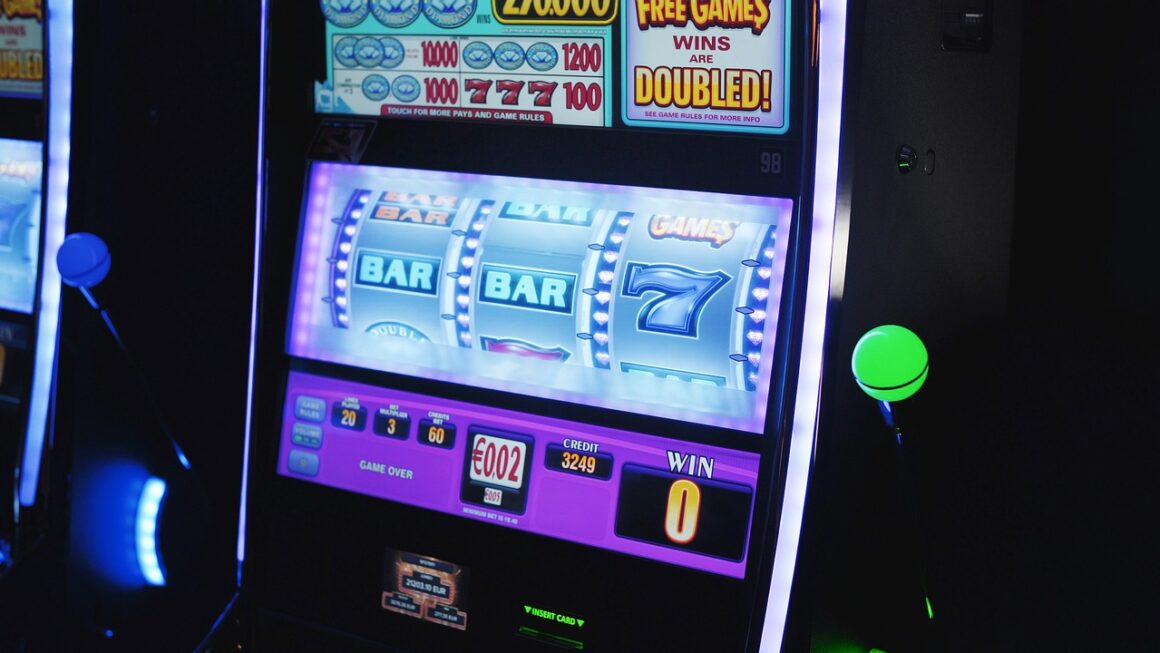Is your country online? The answer’s yes if you live in @Australia, @Canada, @Sweden.se and more.
For your average Twitter user, a celebrity retweet is a dream come true. But what about a country’s? While this might seem an unlikely occurrence for most of us, it’s many Swedish citizens’ daily reality.
One of the last lucky citizens to get a shout out from the Kingdom of Sweden’s official Twitter account, @Sweden.se, was Say it in Swedish, a language learning account. “Lol, 40 new followers” they replied to Sweden’s gesture: “Thanks for the retweet @swedense.”
Lol, 40 new followers. Thanks for the retweet @swedense. You got the power ?
Welcome to a different way to learn Swedish! pic.twitter.com/3cZt96vy5P
— Say It In Swedish (@sayitinswe) February 23, 2020
But @Sweden.se is not the only country to offer well, nation-wide, endorsements. The managers of Say it in Swedish are among many in having an online country – in the last decade, other official accounts have popped up, on Twitter, Instagram, and Facebook.
The Swedish may have arguably the best set up – for a while, they handed over their social media sites to a new citizen each week. But other countries have racked up large online followings too: @Australia, with its Kangaroo profile pic, has over half a million followers.
In the last decade, other official @country accounts have popped up, on Twitter, Instagram and Facebook. So what exactly does the swathe of @country accounts do? What’s the point?
“Representing [said country] to the world,” or “showcasing” (as @Canada’s homepage on Twitter reads) is the usually the main goal. A day on @Canada is usually not complete without at least one picture of snow, for example. And @Australia won’t leave your feed wombat-less for long.
Wilbur takes his one-arm push ups very seriously. ??
(Adorable #wombat via IG/lad_down_under in @visitcanberra)#seeaustralia #visitcanberra pic.twitter.com/B0IAQmDOp9
— Australia (@Australia) March 1, 2020
The big idea, of course, is to stimulate tourism in an online world.
While some countries have missed out on specifically the “@mycountry” trend – no tourism board is anywhere half-decent if they don’t establish some form of an online presence. @purenewzealand, run by NZ’s tourism agency, has garnered over 1m followers on Instagram as the official account of “Middle Earth.” “Consumer engagement via social media is now a significant part of all Tourism New Zealand’s campaigns,” reads a press release by the agency.
Social media gurus are always preaching the importance of brand “identity” online, and that’s pretty much what these national social media sites are about – developing a tourism-suitable image. For the most part, this is about marketing travel experiences to potential tourists.
But there is still a philosophical side to it: all social media presences are most effective when they build a personality around the user. For countries, this means using social media to reflect a national identity. And you can see this happening; @Australia’s account thrives on a nationally “chill” attitude, while @Sweden’s international reputation is as strong as its online brand: a clean, green nation of very nice people.
The countries that do best online do two things: one, not take themselves too seriously, and two, reflect exactly what makes a country in the first place: a collection of people.
The first is all part of making a @country account “distinguishable from the competition,” as one article by Alžbeta Kiráľová and Antonín Pavlíčeka from Procedia – Social and Behavioral Sciences say. “Since the social media are overcrowded and oversaturated with information, it is very difficult to attract attention – however, some schemes seems [sic] to work better than others.” The ones with “novelty, …, uniqueness, [and] unexpectedness.”
@Sweden is a de facto textbook case of how to do it well on both accounts, featured in many an academic article. When it comes to novelty, @Sweden has it down pack: “Managed by the Sweden.se team and a moose,” their bio writes.
And the citizen involvement clause was practically invented by them. In 2011, Sweden’s tourism board started a campaign, to “hand over the reins of the tourist board’s official Twitter account, @Sweden, to a different Swede each week.” Uncensored and entertaining, the campaign “resulted in more holiday booking … attracted over 65,000 followers from 120 countries, and generat[ed] a public relations value of more than $40 million, more than 400 times the investment,” according to the Procedia article.
“Social media-savvy travelers are increasingly drawing their destination inspiration from Instagram,” said an article in National Geographic in 2017.
And this is true: countries that attract the best social media rap attract the most visitors. 52% of people surveyed by Stackla, an asset management platform, say “they’ve made plans to visit a specific destination based on an image or video they saw … on social media.” Some of this attention comes from attracting eager influencers first, who inspire others to follow in their glamorous footprints. Some of it comes from travel pictures posted by family and friends. But if a country can build a successful following by itself, like @Sweden, then part of the work is already done. As advertising agency Kontra wrote in an article title: “You can’t avoid social media if you work in tourism.”
The truth is: as we increasingly live our lives online, everything else can only follow. Already, a trip to Sydney is not complete without the customary #InAussie hashtags and Australia location-tags. Just make sure to tag @Australia too. “G-day mate,” they might even reply.
Photo: HotLittlePotato via Wired




